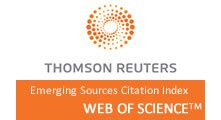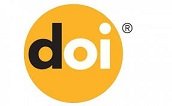Self-Presentation of Teachers in Social Networks
250
117
Abstract
This study was undertaken to investigate the use and motivations behind teachers' engagement in social networks, while exploring their self-presentations and attitudes within these digital communities. The aim was to shed light on the relationship between real-life and digital communities by focusing on teachers as a specific demographic group. To address the research questions, namely the demographic characteristics of teachers using social networks, the reasons behind teachers' usage of social networks, the role of these platforms in shaping teachers' self-perception and professional identity, a mixed-method approach was employed. The findings of the study indicate that social networks provide an ideal platform for individuals to present themselves, and teachers exhibit distinct patterns of behavior compared to other groups. Teachers express themselves more openly and assertively when their identities are anonymous. They actively seek attention to expand their social network, yet refrain from making political posts to avoid jeopardizing their online presence. They strive to portray an idealized image of themselves and make efforts to distinguish themselves from others. Based on the study's conclusions, it is recommended to develop a digital platform that caters to the interests, needs, and inclinations of teachers.
Keywords
Behavior, eTwinning, Social Media, Social Networks, Technology
Full Text:
PDFReferences
Doger, M.F. (2024). Self-presentation of teachers in social networks. International Journal of Education in Mathematics, Science, and Technology (IJEMST), 12(5), 1293-1319. https://doi.org/10.46328/ijemst.4371
DOI: https://doi.org/10.46328/ijemst.4371
Refbacks
- There are currently no refbacks.
Copyright (c) 2024 International Journal of Education in Mathematics, Science and Technology







International Journal of Education in Mathematics, Science and Technology (IJEMST)

This work is licensed under a Creative Commons Attribution-NonCommercial-ShareAlike 4.0 International License.
ISSN: 2147-611X (Online)
